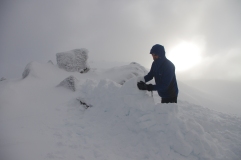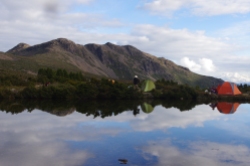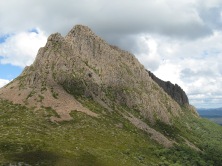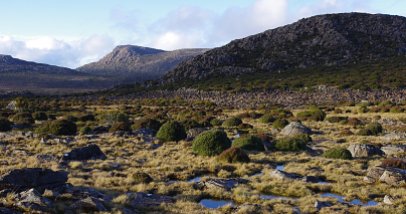I am keenly aware that no Aboriginal group or nation ever ceded it’s land to the colonisers. So those of us living in Australia are all living on stolen land. There is a lot of unfinished business that needs to be resolved, starting with negotiating a meaningful treaty between First Nations and the rest of the people living on this continent.
For a long time, indigenous people and traditions were white washed out of mainstream narratives about the mountains. As traditional owner groups reassert their connection to Country, that is slowly changing, and we can see it across the Alps. The first Aboriginal person I knew who had a strong connection to the mountains was Eddie Kneebone, who I met through our campaign work in north east Victoria in the 1990s. He had an astonishing depth of knowledge. He was instrumental in the campaign to have the Niggerheads on the Bogong High Plains renamed. It got me thinking about the power of language and names.
Continue reading “Traditional names for ‘Australian’ mountains”


































































Recent Comments